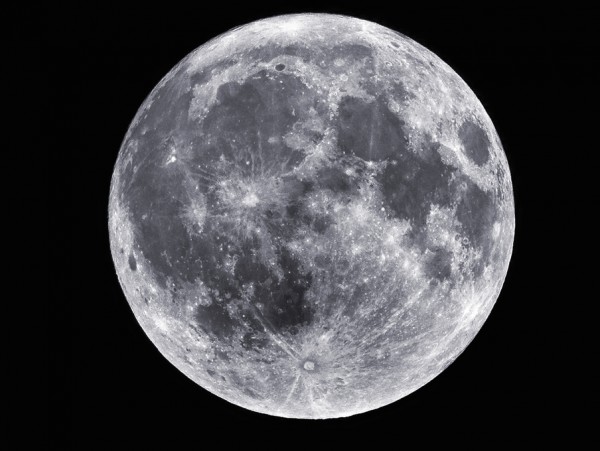By Ana Verayo, | February 01, 2016

Spring tides that occur during the full moon and new moons can cause larger earthquakes.
New research reveals how a full moon can apparently create bulges on Earth's atmosphere that can somehow change the amount of rainfall on the planet. Scientists have determined that lunar forces can affect how much rain can fall however, the effects are only slight.
According to co-author of the study, Tsubasa Kohyama from the University of Washington, this is the first study to link the moon's tidal forces on Earth to the amount of rainfall.
Like Us on Facebook
Upon studying atmospheric waves, Kohyama observed a slight change in air pressure resulting in an oscillation. Along with co-author, John Michael Wallace of UW, they spent two years monitoring this phenomenon.
Prior ground observations as early as 1847, linked the changing phases of the moon and temperature with this event. Another study by UW also utilized a global grid of data confirming how air pressure on the surface of the planet is associated with the changing lunar phases.
Kohyama says that when the moon is overhead or underfoot, the air pressure on Earth is significantly higher. This phenomenon works by when the moon is overhead, its gravity can cause the planet's atmosphere to bulge toward the moon, which means that side of the planet has higher pressure or atmospheric weight. Higher pressure can increase the temperature of air parcels below Earth. More moisture can exist in warmer air where these air parcels have already exceeded their moisture capacity.
The container becomes bigger when higher pressure is applied and this relative humidity can affect rain since lower humidity is less favorable to precipitation, Kohyama adds.
Using data from NASA and JAXA's (Japan Aerospace Exploration Agency) Tropical Rainfall Measuring Mission satellite that were collected in the course of 1998 to 2012, this revealed evidence that the rain becomes slightly lighter when the moon rises.
However, this change is only one percent of the total rainfall difference which is not enough to be considered as a noticeable difference for many.
Kohyama says that nobody should bring an umbrella when the moon is rising but this effect can be tested with current climate models, to check the physics behind the moon's gravitational pull that leads to lesser rain.
The team also plans to continue this study, to see if this can applied with other rain categories such as heavy downpours and which can be more affected to lunar phases and if the frequency of rainstorms is connected to any lunar forces. This new study will be published in the Geophysical Research Letters.
-
Use of Coronavirus Pandemic Drones Raises Privacy Concerns: Drones Spread Fear, Local Officials Say

-
Coronavirus Hampers The Delivery Of Lockheed Martin F-35 Stealth Fighters For 2020

-
Instagram Speeds Up Plans to Add Account Memorialization Feature Due to COVID-19 Deaths

-
NASA: Perseverance Plans to Bring 'Mars Rock' to Earth in 2031

-
600 Dead And 3,000 In The Hospital as Iranians Believed Drinking High-Concentrations of Alcohol Can Cure The Coronavirus

-
600 Dead And 3,000 In The Hospital as Iranians Believed Drinking High-Concentrations of Alcohol Can Cure The Coronavirus

-
COVID-19: Doctors, Nurses Use Virtual Reality to Learn New Skills in Treating Coronavirus Patients







